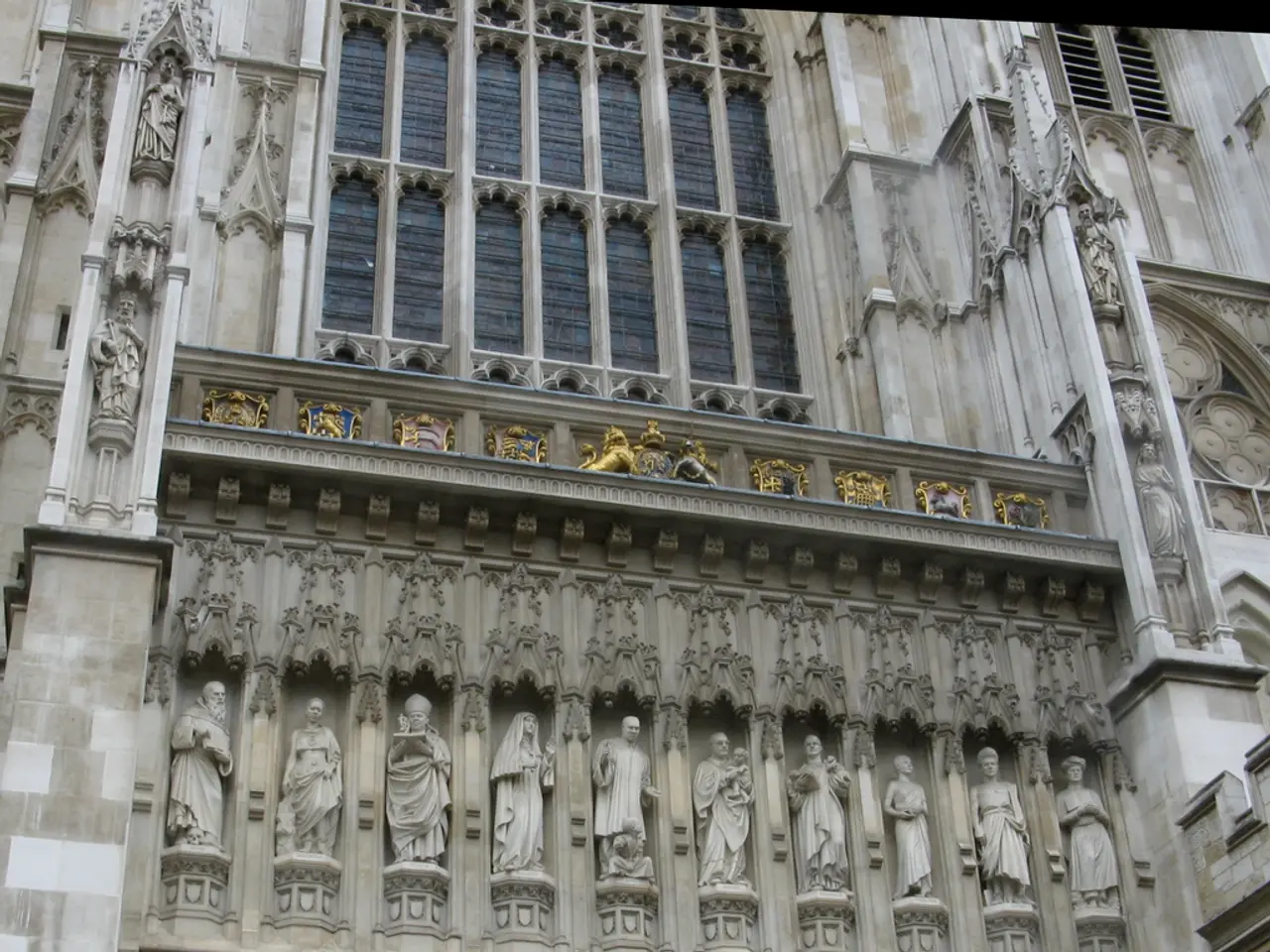Modernist, Queer Haven's Design: Unveiling Horace Gifford's Architectural Masterpiece of Attraction
Fire Island Modernist: Horace Gifford's Lasting Impact
A new updated edition of Christopher Rawlins' book, Fire Island Modernist: Horace Gifford and the Architecture of Seduction, has arrived, offering a deeper exploration of the life and work of Horace Gifford, the architect who significantly influenced Fire Island's unique architectural landscape.
Born in Florida in 1932, Gifford moved to Fire Island in the 1960s and created dramatic, light-filled houses with modestly-scaled open plans. Despite lacking formal architectural training, his designs harmonized with the natural beach environment, emphasizing openness, light, and a strong indoor-outdoor connection.
Gifford's architecture is characterized by modernist forms and clean lines that respect and enhance the natural setting. His houses often feature large windows and open spaces, projecting views through trees and out over the water, thus blurring the boundary between indoors and outdoors. The emphasis on natural light and spatial expansion creates a sense of seduction and invitation to interact with the environment.
One of Gifford's best-known designs is the "Kodak House" (1965), named for its resemblance to a Kodak Flashcube. This house exemplifies Gifford’s playful yet rigorous approach to modernism by combining striking geometric form with functionality. Numerous private beach houses originally designed in the 1960s that have been preserved or respectfully renewed, maintaining his original vision while adapting to contemporary needs.
Even after his death of AIDS-related complications in 1992, Gifford's legacy still resonates on Fire Island. His work continues to be celebrated and studied, as illustrated by the publication and expanded edition of Fire Island Modernist: Horace Gifford and the Architecture of Seduction. The new edition features five new houses and more photography, providing an essential overview of one of modernism's most intriguing microcosms.
The expanded edition includes an afterword by architect Charles Renfro of Diller, Scofidio and Renfro. Much of the photography in the new edition is richly evocative of a more carefree, hedonistic world in the pre-AIDS era. The book is published by Metropolis Books in conjunction with Gordon De Vries Studio and is available for purchase on Artbook.com.
While Horace Gifford was not the only architect working on Fire Island, he was perhaps the most influential in shaping its aesthetic. His buildings, with their timber-framed structures and large expanses of glass, are both formally inventive and prototypical of low-impact, sustainable design. The book serves as a testament to Gifford's lasting impact, offering readers a glimpse into the world of Fire Island Modernism.
[1] Rawlins, Christopher. Fire Island Modernist: Horace Gifford and the Architecture of Seduction. Metropolis Books, 2021. [2] Renfro, Charles. "Afterword." In Fire Island Modernist: Horace Gifford and the Architecture of Seduction. Metropolis Books, 2021. [3] De Vries, Gordon. "Kodak House." In Fire Island Modernist: Horace Gifford and the Architecture of Seduction. Metropolis Books, 2021. [4] Rawlins, Christopher. "The Fire Island Modernist Aesthetic." In Fire Island Modernist: Horace Gifford and the Architecture of Seduction. Metropolis Books, 2021. [5] Rawlins, Christopher. "The Legacy of Horace Gifford." In Fire Island Modernist: Horace Gifford and the Architecture of Seduction. Metropolis Books, 2021.
[1] This updated edition of Fire Island Modernist: Horace Gifford and the Architecture of Seduction delves deeper into Gifford's influence, providing a compelling exploration of how his modernist homes transformed the Fire Island aesthetic.
[2] As you admire the stunning home-and-garden landscapes in Fire Island, you're embracing the legacy of Horace Gifford and his lifestyle-defining architectural designs.





